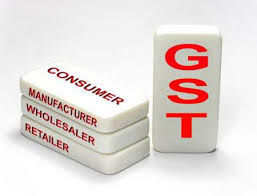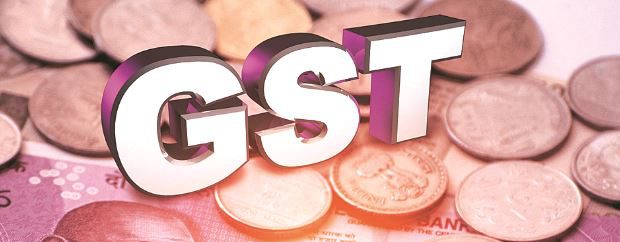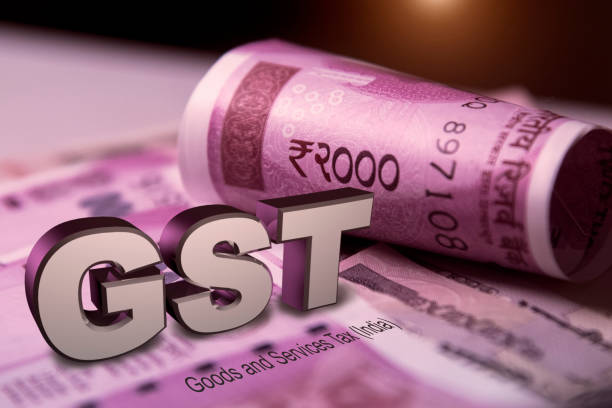How GST impacts a common man?
GST impacts on a common man and his budgets are discussed here. Look at this article to know some useful information.
GST has been implemented in India, and its transition is very smooth. But, the question is how it impacts a common man and his budget. GST is said to be the biggest tax reforms in India which not only impacts the businesses but also a common man. The primary thing felt by the consumer is the change of prices in goods and services based on GST rates. Now the prices and services impact is in a mixed bag once the benefits are realised by the people that the reduction in cascading effect and the higher input tax credit. Probably, the inflation will come down and it got stabilized.

Here I can give some examples in order to understand appropriately:
Holidays:

The customer, who stays at a hotel, has a tariff of 8000 per night. In the existing GST regime the rate was between 19%-25% depending on the rate of luxury tax in a state. Thus the total tax amount may between 1520 and 2000. Under GST, if the tariff amount exceeds 7500, the tax rate will be 28%. The higher tier hotels are very expensive under GST and the lower tier hotels are cheaper under GST because the tariffs between 1000 and 2500 would have a GST rate of 12% and between 2500 and 7500 would have a GST of 18%.
Air travel:

If the customer travels in economy class on a ticket tariff of 1000, under the pre-GST the tax was levied at a rate of 6%. Now as per GST, the tax rate is 5% which is a minor change and savings for the economy class.
In Business class, the tax rate has been increased from 9% to 12%, so it is considerably higher and expensive.
Restaurant Bills:

For instance, if the customer purchases a meal from the restaurant for 1000 rupees, as per the earlier regime it had been charged 12.5% for VAT and 6% for service tax. Thus the customer needs to pay 185 as a tax amount. Under GST, the meal which is been served at air-conditioned restaurant would attract a tax of 18%. Thus the customer needs to pay 180 as tax. Hence, there is no big impact on restaurant bills.
Banking and insurance:

In these sectors, the tax slab has been increased from 15% to 18%, obviously these service sectors are more expensive than before.
Other household expenses:


Under the GST regime, tax rates of food items in the range from 0-5%. Fast moving consumer goods such as toothpaste, pharmaceutical products, packaged foods, shampoos, electronic items, tissue papers etc. became cheaper. Services like telecommunication, salon, dry cleaning etc. becomes more expensive due to 3% tax rates.
Real estate:

If the person buys a property for 1 crore, under the earlier regime, the tax rate was around 5.5% whereas in GST, a rate of 12% been levied. This may shows inflation in the initial period. GST rates would not attract on ready to move apartments. So these are all stable.
Cab expenses:

There is a marginal saving since the cab facilities would attract the GST at the rate of 5%.
When seeing the household budget, there are some obvious gainers and losers but once the law and pricing of commodities got into steady state, then all the consumers will be getting benefited. GST is expected to bring the greater level of transparency and improvisation of compliance.
We are one of the leading business service providers in Coimbatore. GST registration can be done with more efficiency and at an affordable cost within the shorter interval of time. We “Solubilis Corporate Services” offer services at various locations of India. They are as follows:
Chennai, Madurai, Salem, Trichy, Tirupur, Hyderabad, Bangalore, Cochin and Coimbatore.



